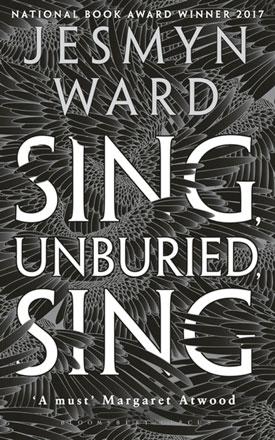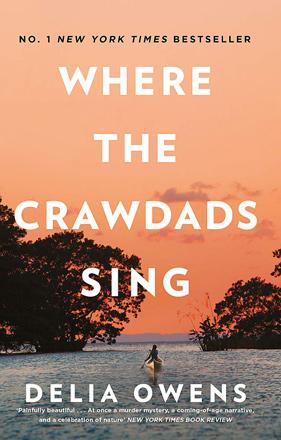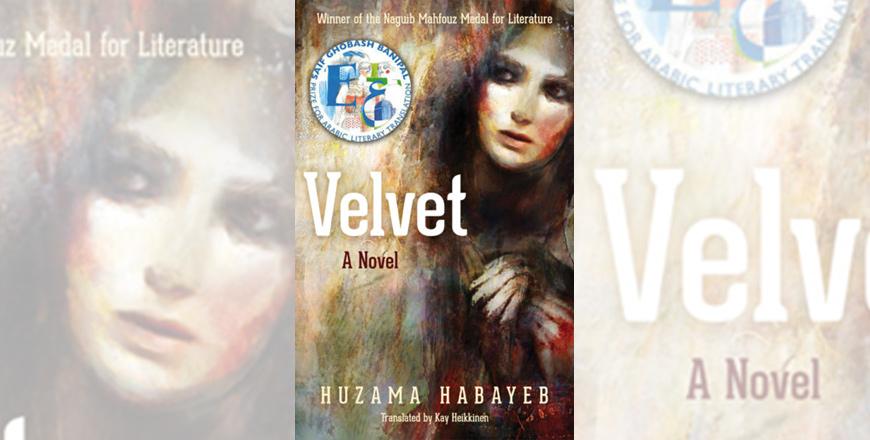You are here
‘Home is about the earth’
By Sally Bland - Jun 14,2020 - Last updated at Jun 14,2020

Sing, Unburied, Sing
Jesmyn Ward
London: Bloomsbury Circus, 2017
Pp. 289
The characters in “Sing, Unburied, Sing” lead lives that are both miserable and wondrous. Miserable, because of poverty and the racist society into which they were born in rural Mississippi. Nonetheless, for some of them, life is wondrous, due to their close connection to nature, their strong emotional ties to family, and their intuitive spirituality, which enables them to see beyond the surface.
The story centres around six individuals who live in a three-generational family. Mam and Pop are the heads of the household, but Mam’s body is fast losing her battle with cancer. Leonie is their daughter whose long-term relationship with her White partner, Michael, has produced two children, Jo-Jo and Kayla, whom they seem scarcely equipped or inclined to parent. Since Michael’s father abhors his liaison with Leonie, the children’s upbringing falls to their Black grandparents who provide them with love, sustenance, and a sense of who they are in the world.
There are also two characters who are dead, but psychologically unburied, because the how and why of their violent deaths remain unresolved. Leonie once had a brother, Given, who was shot dead for no good reason by one of Michael’s racist cousins, further complicating relations between the two families. The other spirit is Richie, a ten-year-old boy who, long ago, was incarcerated with Pop in Parchman, the prison where unpaid farm labour was provided by mainly Black inmates often scooped up at random, many of them for stealing food. Richie appears to Jo-Jo, begging him to find out from Pop how he died. He is looking for closure; he wants to go home: “Home ain’t always a place… Home is about the earth. Whether the earth open up to you. Whether it pull you so close the space between you and it melt and y’all one and it beats like your heart.” (pp. 182-3)
The fact that these spirits appear to the living signifies the novel’s unique concept of time: Past, present and future are simultaneous — everything happening at once, in line with local folk beliefs that only a thin veil separates the physical world from the afterlife.
As the story progresses, narrated in alternate chapters by Jo-Jo and Leonie, it seems that all the characters are seeking home and belonging in one way or another. Jo-Jo is thirteen and trying hard to understand the world and live up to the standards set by his beloved Pop, whether by helping take care of their livestock, comforting his grandmother or watching out for Kayla. Building on wisdom inherited from his great grandfather, who taught that “there’s a spirit in everything”, Pop imparts basic values and life skills through storytelling — how to build a life of dignity and independence in the face of a hostile world. (p. 73)
In the chapters narrated by Leonie, her self-absorption is on full display, as is her obsession with Michael and procuring drugs to the exclusion of all else, even her children. Yet, one senses that her selfishness is rooted in pain and an inferiority complex as when she describes herself as “the walking wound that I was”. (p. 54)
An unanswered question throughout the novel is why Leonie is so selfish and careless, when she has been raised by such loving, responsible and wise parents. According to Leonie, her mother “thought that if she taught me as much herbal healing as she could, if she gave me a map to the world as she knew it, a world plotted orderly by divine order, spirit in everything, I could navigate it. But I resented her… for the lessons and the misplaced hope… and for still believing in good”. (p. 105)
Perhaps Leonie never recovered from her brother’s death or perhaps her parents’ way of dealing with the world doesn’t work anymore, leaving Leonie defenceless against the drug culture and persistent racism of today’s America. As the novel moves towards its climax, she has one last chance to prove her worth by enacting a ritual for her dying mother, which combines Yoruba (African), voodoo and Catholic beliefs.
There is much imagery and symbolism in the novel, often involving snakes, birds, water and other elements of nature, but the strongest symbols are the persons of Pop and Mam, who stand for dignity; the unburied, who stand for all victims of injustice; and Parchman prison — a symbol of enduring racist repression despite shifting forms.
By writing the dialogue in dialect and conveying the characters’ particular type of spirituality, Ward lends extra authenticity to her very compelling and original story, in addition to highlighting the values of this Black family who refuse to be only victims. While the novel examines the continuity of racism over centuries, it also shows the continuity of Afro-American culture, and explores what qualities have allowed oppressed people to survive and sometimes even defeat their oppression. Though the story reaches into fantasy at certain points, many scenes are starkly realistic, as when Jo-Jo is almost shot by a White policeman when he reaches into his pocket to touch the protective amulet his grandfather had given him. Sound familiar? “Sing, Unburied, Sing” is available at Readers.
Related Articles
VelvetHuzama HabayebTranslated by Kay HeikkinenCairo/New York: Hoopoe, AUC Press, 2019Pp.
A Sky So Close to UsShahla UjayliTranslated by Michelle HartmanUS: Interlink, 2019, 303 pp. This is a novel that was shortlisted for th

















